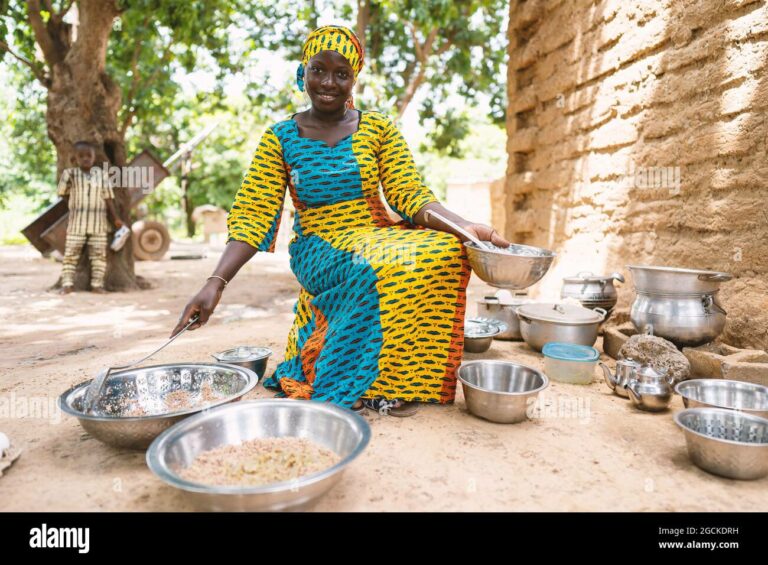Introduction
Malian cuisine is a rich blend of flavors, spices, and ingredients that reflect the diverse cultures and traditions of this West African country. While the country is known for its agricultural products, such as rice, millet, and sorghum, there has been a growing focus on using locally sourced ingredients and supporting sustainable farming practices in Malian cooking.
Understanding Malian cuisine
Malian cuisine is a melting pot of traditional African, Arab, and French influences. The staples of Malian cuisine are grains, vegetables, and legumes, along with meat, fish, and poultry. The most common dishes in Mali include rice with peanut sauce, grilled meat, and fish, and fufu, which is made from pounded cassava. Malian cuisine is known for its intense flavors, which come from the use of spices such as ginger, garlic, chili, and coriander.
Importance of locally sourced ingredients
There is an increasing focus on using locally sourced ingredients in Malian cooking. This is because using local ingredients not only supports local farmers but also ensures that the food served is fresh and of high quality. Using locally sourced ingredients also helps to preserve traditional farming practices and maintain biodiversity in the region.
Supporting sustainable farming practices
In addition to using locally sourced ingredients, there is also a growing movement towards supporting sustainable farming practices in Mali. Sustainable farming practices include techniques such as crop rotation, natural pest control, and the use of organic fertilizers. These practices are essential to maintain the soil’s fertility and reduce the environmental impact of farming.
Challenges faced in sourcing ingredients
Despite the benefits of using locally sourced and sustainably farmed ingredients, there are several challenges that must be overcome. These include a lack of infrastructure and resources to support small-scale farmers, limited access to markets, and the high cost of organic farming inputs. There is also a need for education and training to promote sustainable farming practices and improve the quality of locally sourced ingredients.
Conclusion: Future of sustainable Malian cooking
The future of sustainable Malian cooking is bright, with a growing focus on using locally sourced and sustainably farmed ingredients. This trend not only supports local farmers and communities but also promotes the preservation of traditional farming practices and biodiversity. While there are challenges to overcome, with continued support and investment, sustainable Malian cooking can flourish and become a model for other countries in the region.

